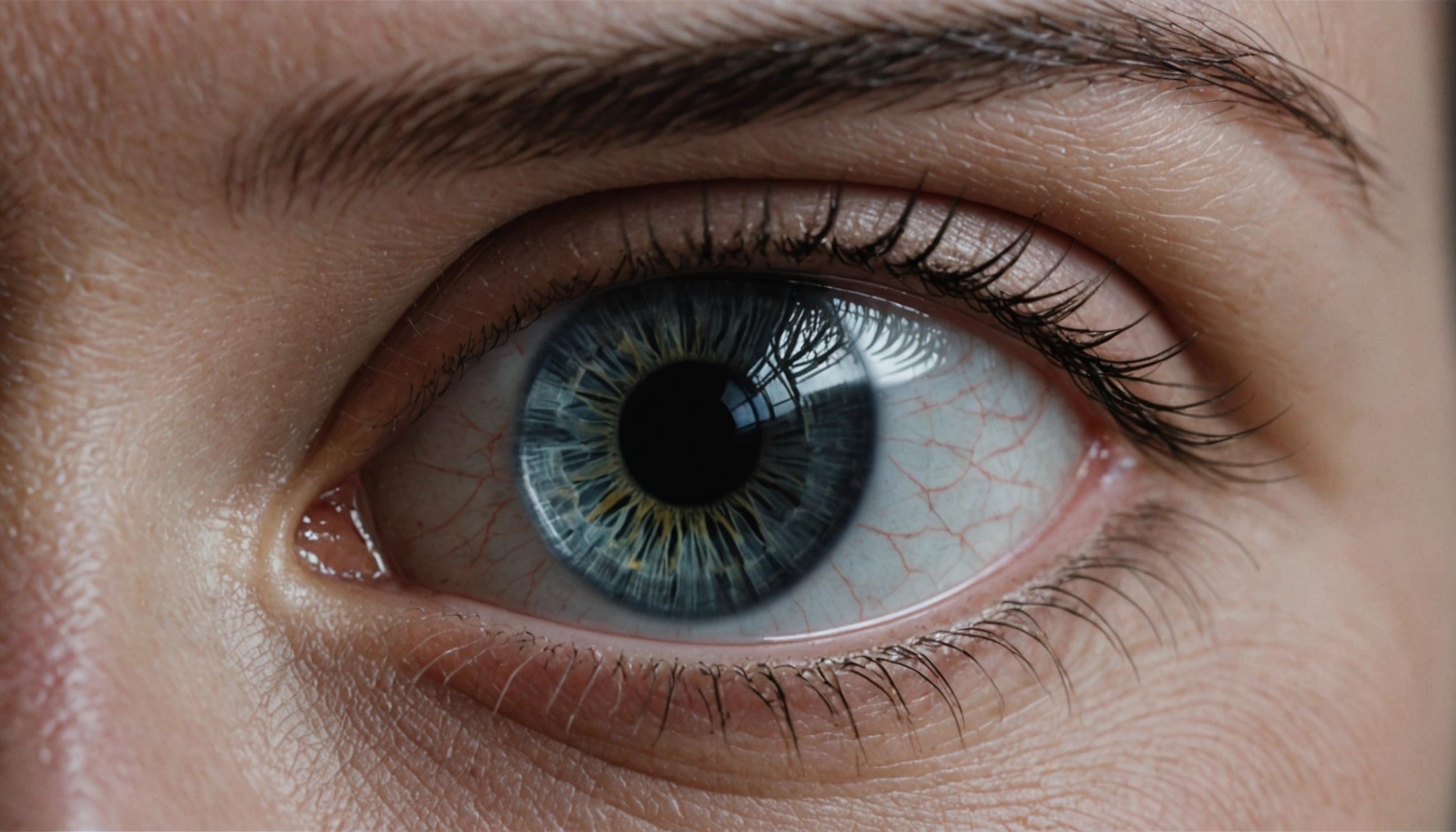Contact Lenses Grant Humans "Super-Vision" by Seeing in the Dark

Scientists have engineered a groundbreaking innovation: contact lenses that empower humans to see in the dark, potentially revolutionizing fields from emergency response to national security. These lenses, which utilize infrared light, offer a non-invasive alternative to traditional night-vision goggles and open new possibilities for "super-vision."
Nanoparticles Unlock Infrared Vision
Researchers at the University of Science and Technology of China have developed contact lenses that allow wearers to see in near-infrared light, which is normally invisible to the human eye. The lenses achieve this remarkable feat through the incorporation of tiny nanoparticles. These nanoparticles absorb infrared light and convert it into wavelengths within the visible spectrum, effectively translating the invisible into something perceptible. The lenses are constructed from flexible polymers, similar to those used in standard contact lenses, ensuring comfort and wearability.
The key to this technology lies in the specific type of light detected: near-infrared light, which has a wavelength range of 800-1600 nanometers. This range sits just beyond what human eyes can naturally perceive (400-700 nm). By capturing and converting these wavelengths, the lenses extend the range of human vision. The nanoparticles are made from sodium gadolinium fluoride and embedded with luminescent ytterbium, erbium, and gold.
Testing Shows Promise in Mice and Humans
The research team conducted tests on both mice and humans to evaluate the effectiveness of the lenses. In one experiment, mice wearing the lenses were given a choice between a dark box and a box illuminated with infrared light. Mice with the lenses consistently chose the dark box, indicating they could perceive the infrared light and preferred to avoid it. Mice without the lenses showed no preference. Brain scans of the lens-wearing mice confirmed that their visual processing centers responded to the infrared stimuli, and their pupils constricted in the presence of such light.
Human trials involved participants wearing the lenses and attempting to detect flashing Morse code-like infrared signals. The results showed that the participants could accurately perceive the signals and determine their direction. Interestingly, the researchers found that the infrared vision was enhanced when participants closed their eyes, because near-infrared light penetrates the eyelid more effectively than visible light, reducing interference.
Applications Span Rescue Operations to Colorblindness
The potential applications of these infrared contact lenses are vast and varied. One significant area is emergency and rescue operations. In situations with low visibility, such as smoke-filled buildings or dark environments, the lenses could allow first responders to see victims and navigate hazards more effectively. The lenses could also be integrated into smart devices for rescue and emergency scenarios.
Security is another potential application. The lenses could be used to detect infrared signals or surveillance systems, enhancing security personnel's ability to identify threats. The lenses could also be used for infrared information encoding and transmission, enhancing security, rescue, encryption or anti-counterfeiting settings.
Beyond these applications, the researchers are exploring the possibility of using the lenses to help people with color blindness. By tuning the nanoparticles, they can map parts of the near-infrared spectrum to visible hues like green or red. This could potentially allow colorblind individuals to perceive a wider range of colors.
Challenges and Future Development
Despite the promising results, the technology is still in its early stages of development. Currently, the lenses can only detect relatively intense infrared light from LED sources. The researchers are working to increase the sensitivity of the nanoparticles so they can detect lower levels of infrared light and capture finer details.
The team also hopes to improve the lenses' performance by relying on glasses that sit further away from the retina. This could potentially enhance the clarity and range of vision provided by the technology.
A Glimpse into the Future of Vision
The development of infrared contact lenses represents a significant step forward in wearable vision technology. While challenges remain, the potential benefits of this technology are enormous, ranging from enhanced rescue operations to improved quality of life for individuals with color blindness. As research continues, these lenses may one day become a common tool for "super-vision," allowing humans to see the world in ways never before imagined.


